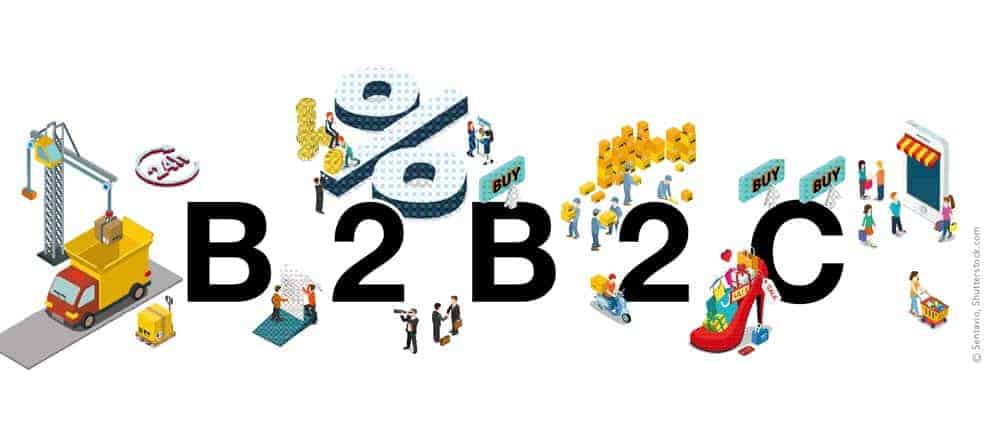Cross channel


Companies such as Amazon recognized years ago that the route to the end consumer is increasingly via electronic channels such as the Internet.
The end consumer wants to form an anonymous picture of the item he or she ultimately wants to purchase by looking at item properties, prices and reviews from other customers.
We are talking here about the classic B2C business (business to consumer), which is now, without a doubt, well established. In B2B business (business to business), however, penetration is lower.
In this case, e-commerce is often reduced to electronic data exchange, such as Edifact. While this statistically makes it seem as if manufacturing companies are very innovative when it comes to online commerce, it is merely a means to an end for automated business processes, without which many industrial companies would no longer be able to survive at all.
The next stage of evolution, however, is online commerce via platforms such as SAP Hybris or Sana Commerce. Here, the user decides when and what to purchase from the supplier, and the supplier, who operates internationally, thereby builds up a 24/7 service, e.g., through online spare parts catalogs.
B2B2C concepts
The construct becomes complex when the B2B world and the B2C world collide.
This is exactly what happens when companies manufacture products that are sold through a dealer network but consumed by private individuals. In this case, of course, the manufacturer can rely on its dealers having an up-to-date e-commerce strategy.
However, this can be a fallacy, especially for smaller retailers, such as those in the toy or footwear industries, which can cost the manufacturer valuable market share.
The answer to this change in the market is B2B2C scenarios and concepts. These concepts aim to analyze consumer buying behavior, accompany the customer and retailer across all touch points, and ultimately persuade them to buy their own product.
Central systems here are the SAP ERP system, a functioning online store and integrated CRM software such as ITML CRM. These components enable the end consumer to obtain information about a product on the Internet and possibly also to order it immediately.
In the best case, the ordering process is optimized so that the customer has the choice of picking up the product from the retailer or having it shipped from there.
Dealer support, in turn, is supported by a B2B store that allows the dealer to order goods even outside business hours. But the sales representative can also build up additional consulting expertise through an electronic product catalog, which is part of the CRM system, by being able to clearly show the retail partner during the visit which products are in high demand, since he is fully able to provide information with current data from the BI system, within his product catalog, and can immediately enter the order at the POS using the shopping cart function.
The B2B2C scenarios include further components such as digital extensions of exhibition areas, scanner-controlled recording of orders for shelf stocking, integrated payment systems and much more.
More than hype
Fact: Buyer behavior is changing and manufacturers must meet this challenge if they want to participate in tomorrow's market.
B2B2C is not just a new buzzword in the age of digitalization, but the description of a strategy.





